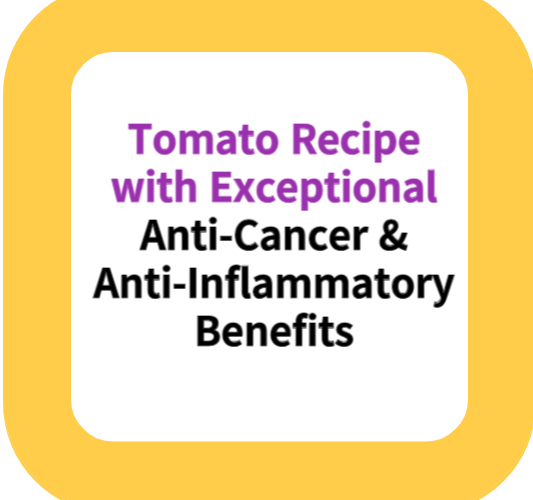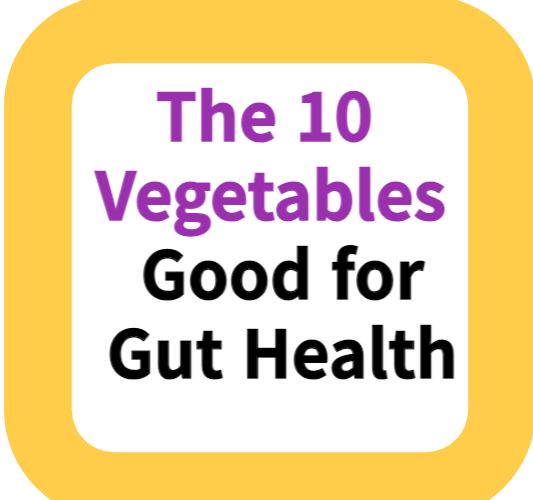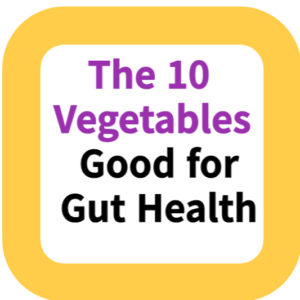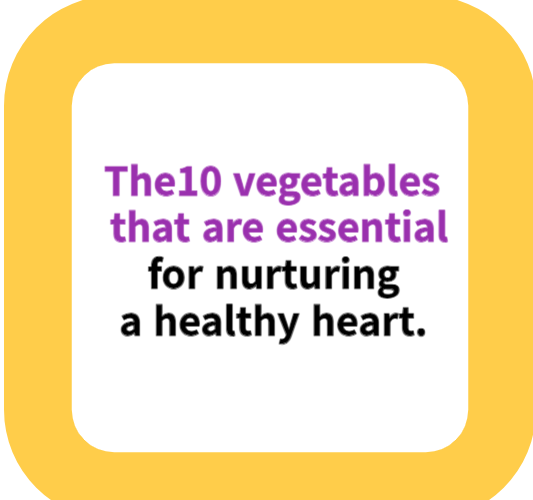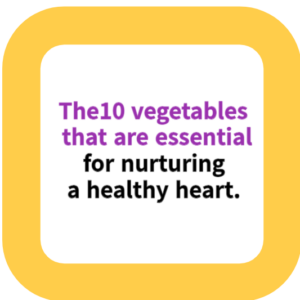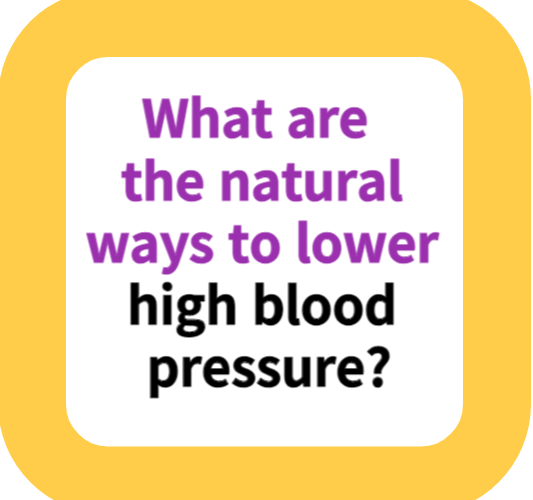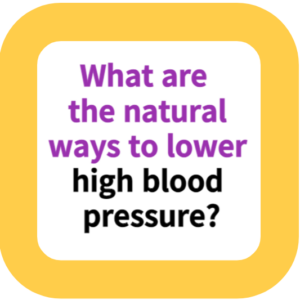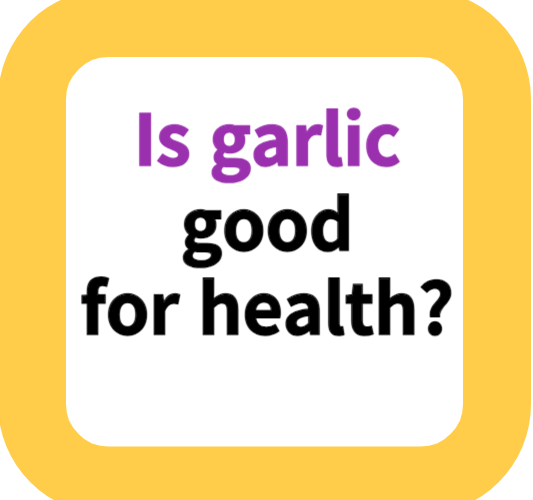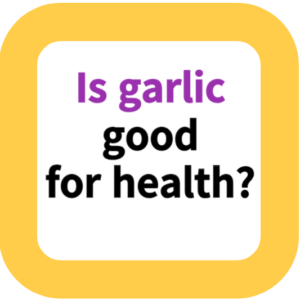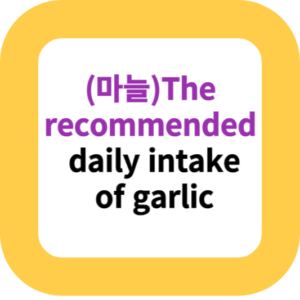Tomato Recipe with Exceptional Anti-Cancer and Anti-Inflammatory Benefits
Welcome to our health-focused culinary blog! Today, we’re excited to share a transformative tomato recipe that’s not just a treat for your taste buds but a boon for your health. This recipe leverages the potent anti-cancer properties of tomatoes, enhanced by the healthful additions of onions and garlic, to create a versatile concoction that’s perfect for boosting long-term health and combating chronic inflammation.
Packed with the powerful antioxidant lycopene, our recipe promises not only to enhance the flavor of your meals but also to provide significant health benefits. Join us as we delve into the simplicity and effectiveness of cooking with tomatoes, demonstrating how everyday ingredients can be turned into a powerful remedy for maintaining and enhancing family health.
Tomato Recipe with Exceptional Anti-Cancer and Anti-Inflammatory Benefits
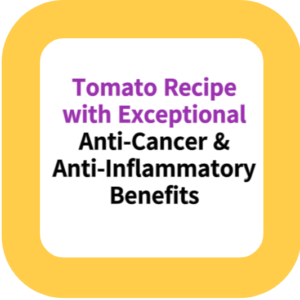
Introduction: Harnessing the Nutritional Power of Tomatoes
Tomatoes are more than just colorful additions to salads and sauces; they are nutritional powerhouses that offer remarkable health benefits. This post explores new ways to enhance these benefits, with a focus on anti-cancer properties and reducing chronic inflammation, introducing a special recipe that promotes long-term health for the entire family.
Understanding the Importance of Food Compatibility
The principle of food compatibility plays a crucial role in maximizing the health benefits of any meal. It’s not only about choosing nutritious ingredients but also how these nutrients complement and enhance each other when combined. This concept is exemplified through a tomato-based recipe that uses potent and health-enhancing ingredients effectively.
Key Ingredients that Amplify Tomato’s Health Benefits
Naturally rich in the powerful antioxidant lycopene, tomatoes are effective in preventing cancer. However, their health benefits are significantly amplified when combined with onions and garlic. These additions do more than enhance flavor; they interact with lycopene to prevent various types of cancer and more effectively support cardiovascular health.
Optimal Cooking Methods for Enhanced Nutrient Absorption
The bioavailability of lycopene, the key antioxidant in tomatoes, greatly depends on how the tomatoes are prepared and cooked. Unlike consuming them raw or simply blended, cooking tomatoes, especially with oil, greatly increases the absorption of lycopene. This article explains the best methods to prepare and cook tomatoes to ensure nutrients are not only preserved but also more readily absorbed.
Long-Term Storage Solutions for Everyday Use
One of the most practical aspects of this recipe is its suitability for long-term storage. By preparing a large batch using specific cooking techniques, you can create a versatile, health-enhancing tomato concoction that can last for months. This not only saves time in the kitchen but also ensures that a nutrient-rich base is always ready for use in various dishes.
Tomato Recipe with Exceptional Anti-Cancer and Anti-Inflammatory Benefits
This tomato recipe is straightforward yet packed with health-promoting elements. It is specifically designed to maximize the anti-cancer properties of tomatoes and help prevent chronic inflammation. The key is the addition of onions and garlic, which enhance the absorption and efficacy of lycopene, a potent antioxidant found in tomatoes. The primary ingredients include 10 large tomatoes, one onion, 10 cloves of garlic, salt, and olive oil.
Detailed Cooking Instructions:
Preparation Stage:
Begin by thoroughly washing the tomatoes. The skins are kept on as they contain a high concentration of lycopene, which is crucial for its antioxidant properties.
Clean the onions and garlic. Peel the onions and prepare the garlic cloves whole, which allows for a fuller extraction of their flavors and health benefits during the cooking process.
Cooking Process:
Coarsely chop the tomatoes, onions, and garlic, then place them in a blender.
Add a pinch of salt to enhance the flavors and a generous amount of olive oil. The olive oil not only adds flavor but also increases the bioavailability of lycopene by facilitating its absorption as a fat-soluble vitamin.
Blend all ingredients until smooth to ensure even cooking and maximum flavor integration.
Heating and Preservation:
Transfer the blended tomato mixture to a large pot and heat it over medium heat.
Once the mixture begins to boil, reduce the heat to low and simmer for about 20 to 30 minutes, allowing the flavors to meld and the mixture to thicken slightly.
While still hot, carefully pour the mixture into sterilized glass jars. Immediately cap the jars and turn them upside down to cool. This helps in creating a vacuum seal, which preserves the freshness and extends the shelf life of the tomato mixture.
Storage and Use:
Once cooled, store the jars in the refrigerator where they can be kept for extended periods. The prepared tomato mixture is incredibly versatile and can be used in various dishes.
It makes an excellent spread on bread, a rich base for spaghetti sauces, or can be warmed up to make a comforting soup. This versatility makes it easy to incorporate into daily meals, enhancing both the flavor and nutritional value.
This recipe is particularly beneficial for its anti-cancer effects and its ability to combat chronic inflammation, making it a valuable addition to the dietary regimen of any health-conscious family. It’s not only a way to enjoy delicious meals but also a proactive approach to maintaining and enhancing overall health.
Conclusion: Embracing a Multifunctional Family Health Remedy
Today’s tomato recipe goes beyond the usual applications of this common fruit. With its powerful health benefits and versatility, it becomes an essential element in any health-conscious kitchen. Whether used as a sauce, spread, or a culinary base, this recipe enriches daily meals while offering a means to combat disease.
The article encourages every family to incorporate this simple yet powerful recipe into their cooking routine, emphasizing its ease of preparation and profound impact on family health, proving that sometimes, the best remedies are those we prepare ourselves.
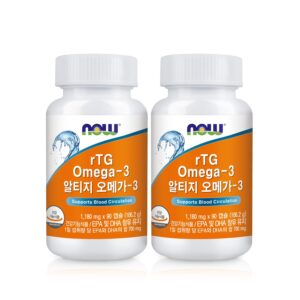
쿠팡파트너스 활동을 통해 일정액의 수수료를 제공받을 수 있습니다.
